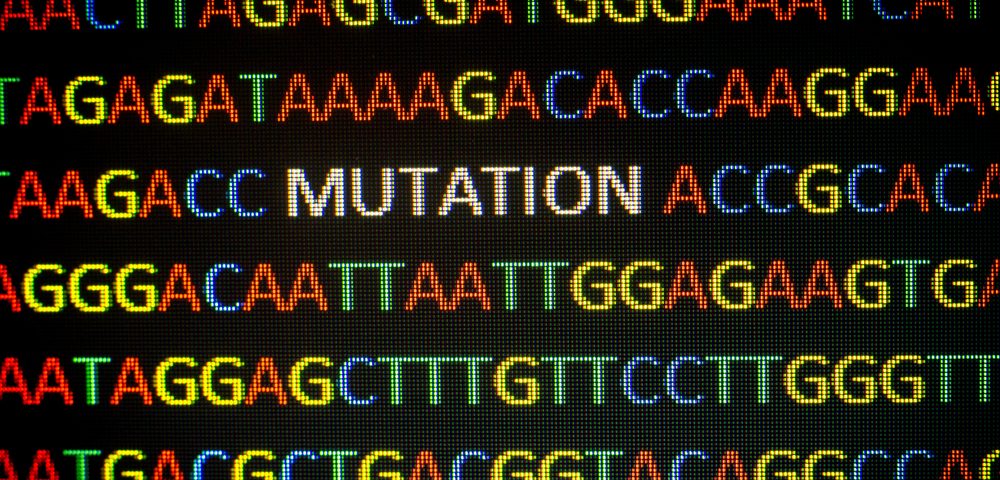A143T Mutation in GLA Gene Likely Causes Late-onset Fabry Disease, Study Suggests
Written by |

A mutation called A143T in the alpha-galactosidase A (GLA) gene is likely a cause of type 2 Fabry disease that manifests predominantly as heart problems, a study suggests.
The study, “Cardiomyopathy associated with the Ala143Thr variant of the α-galactosidase A gene,” was published in the journal Heart.
Fabry disease is caused by mutations in the GLA gene. These mutations limit, or remove entirely, the functional ability of the GLA protein encoded by the gene. This leads to a buildup of certain fatty molecules, particularly globotriaosylceramide (Gb3) and globotriaosylsphingosine (lyso-Gb3), which causes damage to organs.
Type 2 Fabry disease is characterized by milder symptoms and later onset (usually in middle age) compared to type 1 Fabry disease.
Fabry is often diagnosed via genetic testing of the GLA gene. As more testing is done, more mutations are discovered. At present, more than 900 have been reported but different mutations in GLA can result in different symptoms.
A143T, also called c.427G>A, is a mutation in the GLA gene that has been previously reported (the two names refer to the change at the protein and DNA levels, respectively). However, whether this mutation results in Fabry disease has been unclear. Some studies suggest that it does, but other research disputes this idea.
In the new study, researchers described a Finnish family in which members carried the A143T mutation, and some had signs typical of Fabry disease.
The investigation began with a female patient in her 60s, referred to as the “index patient.” She and her eldest biological son, who was in his 30s, were hospitalized following instances of syncope (losing consciousness due to decreased blood flow to the brain). Clinical investigation suggested this was due to heart problems, and both were given pacemakers.
Imaging of the heart revealed that the index patient had cardiomyopathy, a heart muscle defect that limits the ability of the heart to pump blood and is common in Fabry disease. Her two sons were also found to have cardiomyopathy.
Genetic analysis revealed that the index patient and her children carried the A143T mutation. Her two sons were found to have abnormally low GLA protein activity and high levels of lyso-Gb3 in their blood, and heart biopsies from the sons revealed Gb3 deposits.
These findings spurred further investigation into the family and its extended members. Out of 11 people tested (including the index patient and her descendants, as well as her siblings and their children), five had the A143T mutation. These five were all females from 7 to 69 years old, and none had evidence of cardiomyopathy. One of the index patient’s granddaughters had low GLA protein activity, but none had elevated lyso-Gb3 levels.
This variability suggests a pattern of incomplete penetrance: a phenomenon wherein a certain mutation can cause a disease, but does not do so in every case (presumably because of other influencing factors such as the environment, lifestyle, etc.).
Differences based on sex, with females less likely to show symptoms, is probably because the GLA gene is located on the X chromosome. Females normally have two X chromosomes, whereas males usually have one; as such, the effect of a mutation is lessened in females.
Although this study is limited by the small sample size, the findings support the idea that A143T is a Fabry-causing mutation with predominantly cardiac manifestations.
“In the present study, subjects with A143T/GLA and cardiomyopathy had imaging and histological features highly suggestive of Fabry cardiomyopathy,” the researchers wrote. “Our study supports the notion that A143T/GLA is a late-onset [Fabry disease]-causing variant with incomplete [sex]-related and age-related penetrance.”
Based on this, they suggest “patients carrying the A143T/GLA mutation should be carefully examined and followed by a cardiologist familiar with Fabry cardiomyopathy.”





